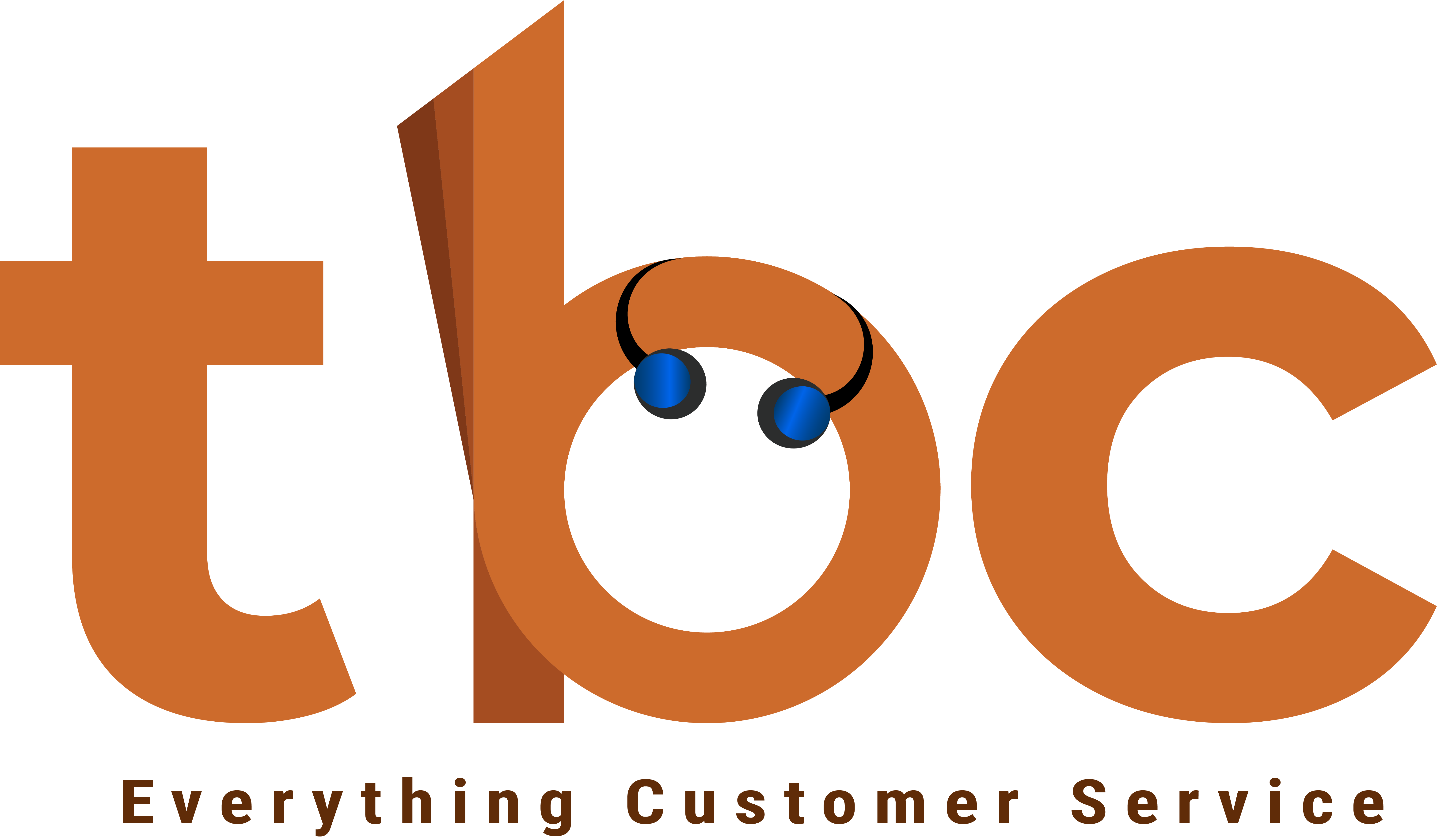Illness to wellness – the patient care journey is fast-changing
Good health is a Journey. Every individual must be the CEO of their health and be armed with information to make informed decisions. The biggest stakeholder of good health is the individual’s family and the Society at large. The cost of poor health not only impacts the individuals and their families but the entire society at large.
In a country like India, which is home to one-sixth of humanity and with such vast diversity in education, nutrition, health, and income, good health is getting its due attention now. The state of Healthcare presents a vast opportunity for innovation, patient engagement and drive transformation like never thought before post the pandemic.
The pandemic has allowed the stakeholders to redefine their approach to health. The world is waking up to the dream of putting patients’ safety first and taking a holistic view of their needs. Proactive patient engagement is now becoming mainstream in many provider organizations, and for good reasons.
The quality of patient care is determined by the quality of infrastructure, personnel, and operational efficiencies. Patient orientation is the fundamental requirement, and this is where digital technologies can help providers in offering the best patient care.
Digital advancements in healthcare are propelling innovation and driving long-term structural changes in how healthcare is delivered – trends that the COVID-19 pandemic has only accelerated.
Healthcare at a broader spectrum can be divided into Critical care, Chronic Care & Wellness. The key mantra for engagement success is quality, access, & reduced costs, with patient safety and welfare as the critical criteria for the outcome measure.
How do you ensure the success of patient care?
Access: Accessibility and availability of the hospital and the physician to all those who require healthcare. Post-procedure access to be made available using telemedicine besides physical visits.
Appointment: Minimize waiting time for all services and ensure that appointment schedules are adhered to, guaranteeing optimum resource utilization and happier patients.
Information: Information and instruction about all procedures should be made clear in an understandable language to the patients — regular communication during and post-treatment to ensure successful patient care.
Quality: Access to trained professionals providing patient care is a must to ensure the desired outcomes. Usage of adequately maintained and latest equipment with newer technologies help in appropriate diagnosis and patient care.
Improvement of patient care is a dynamic process and should be uppermost in the minds of medical care professionals and providers alike.
Enhancing Access
Indian health care had mainly been underfunded, and many of the indicators in terms of coverage, number of beds to population, number of doctors to population are vastly skewed. Further, their availability is also restricted in cities and towns, and it is not uncommon for people to travel a long distance to get even basic health care.
Accessing quality information and care will be difficult without the use of technology. It is necessary now to enhance access through innovative use of technology to reach out to patients, and it makes a lot more practical sense during these extreme pandemic times.
People often consider excellent customer service as an essential part of healthcare. The use of technology minimizes room for error, and providing a superior user experience enhances patient satisfaction, thereby improving the quality of care.
How do we enhance access using technology is something that we will see in Part 2 of this article – Illness to wellness – improving patient care using technology


